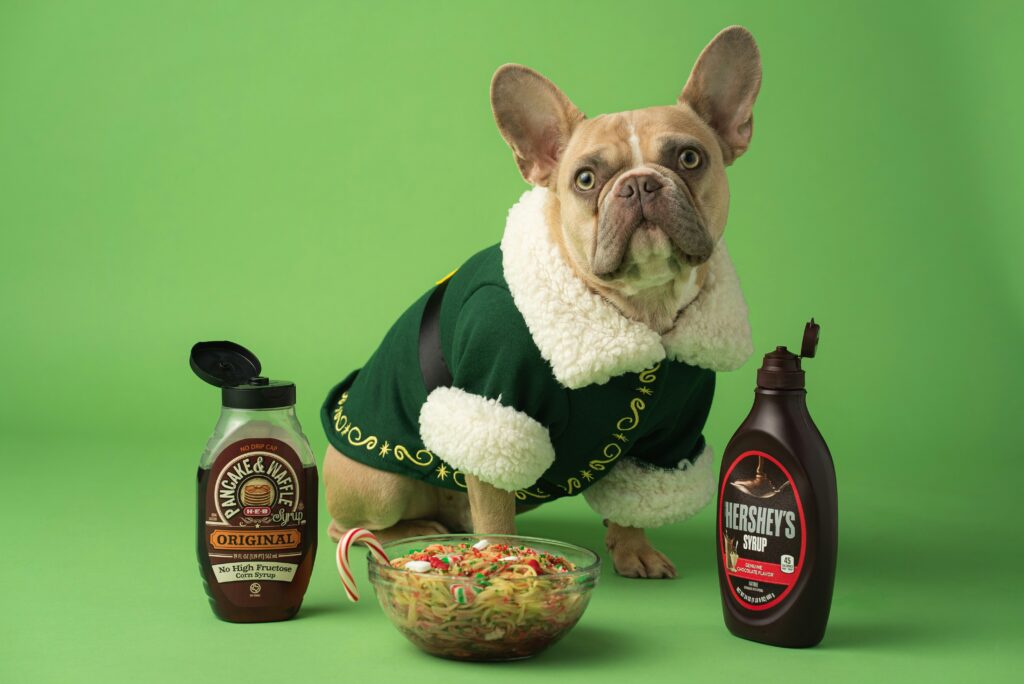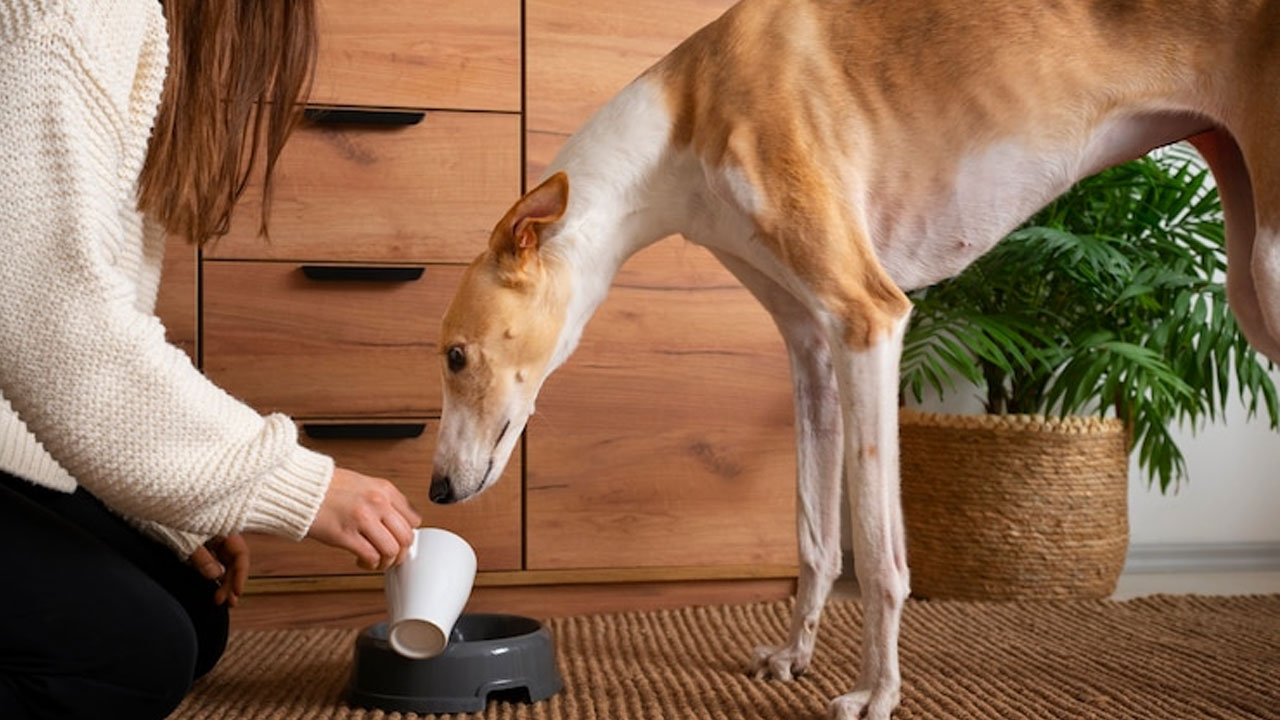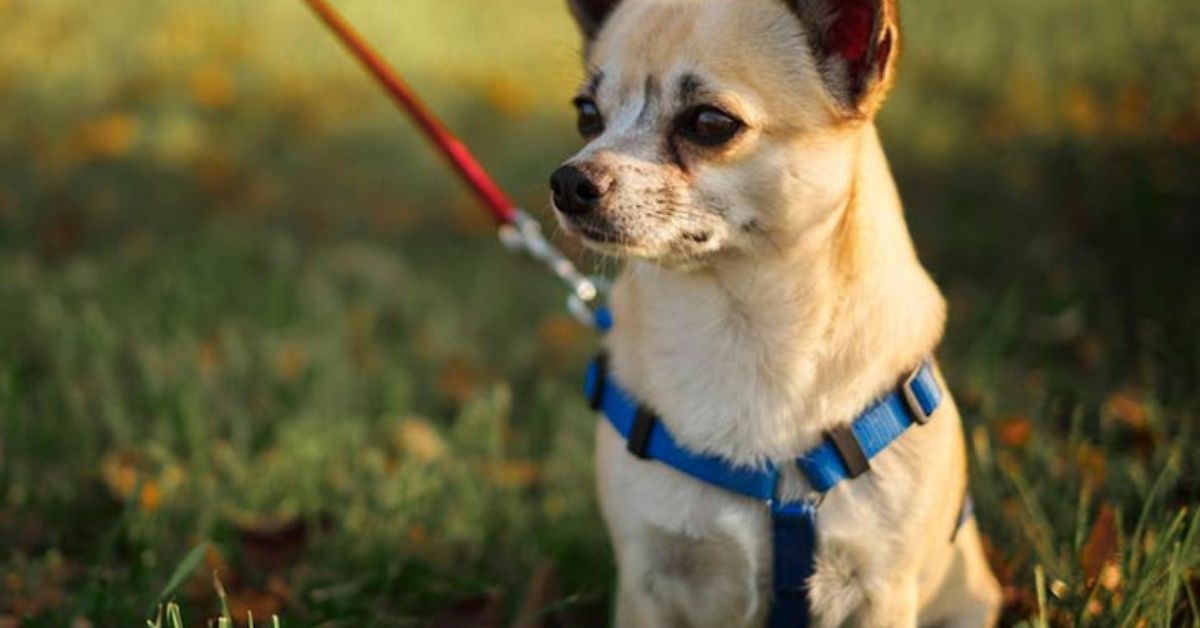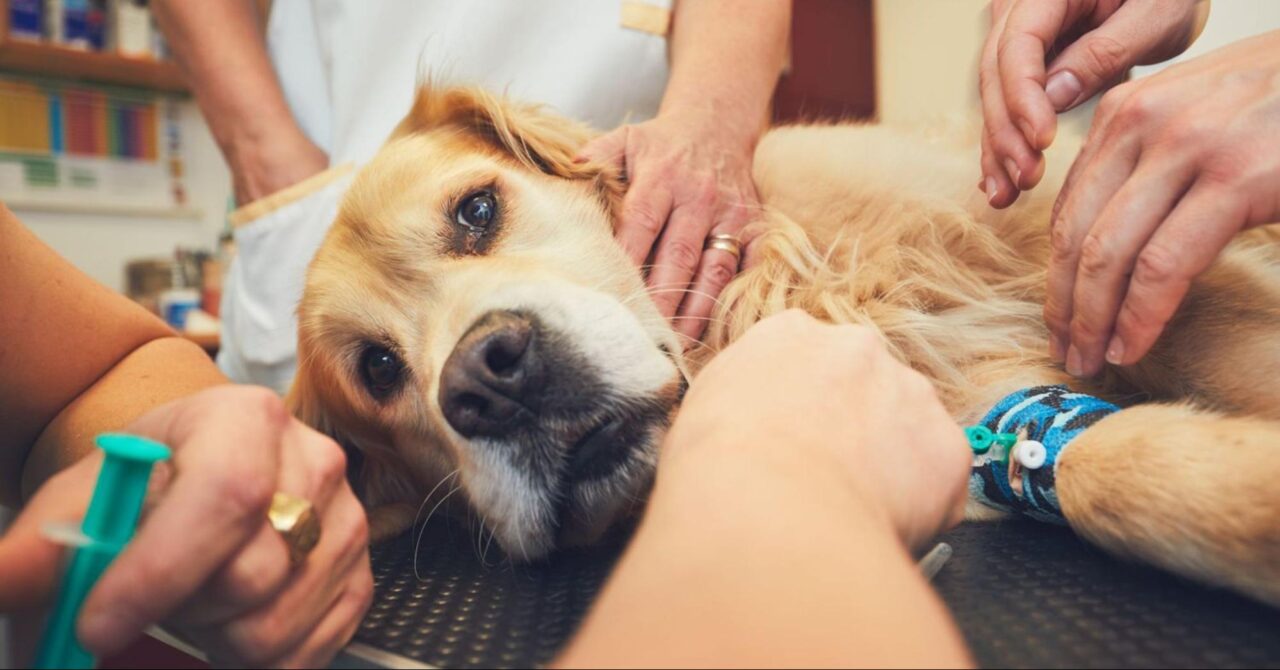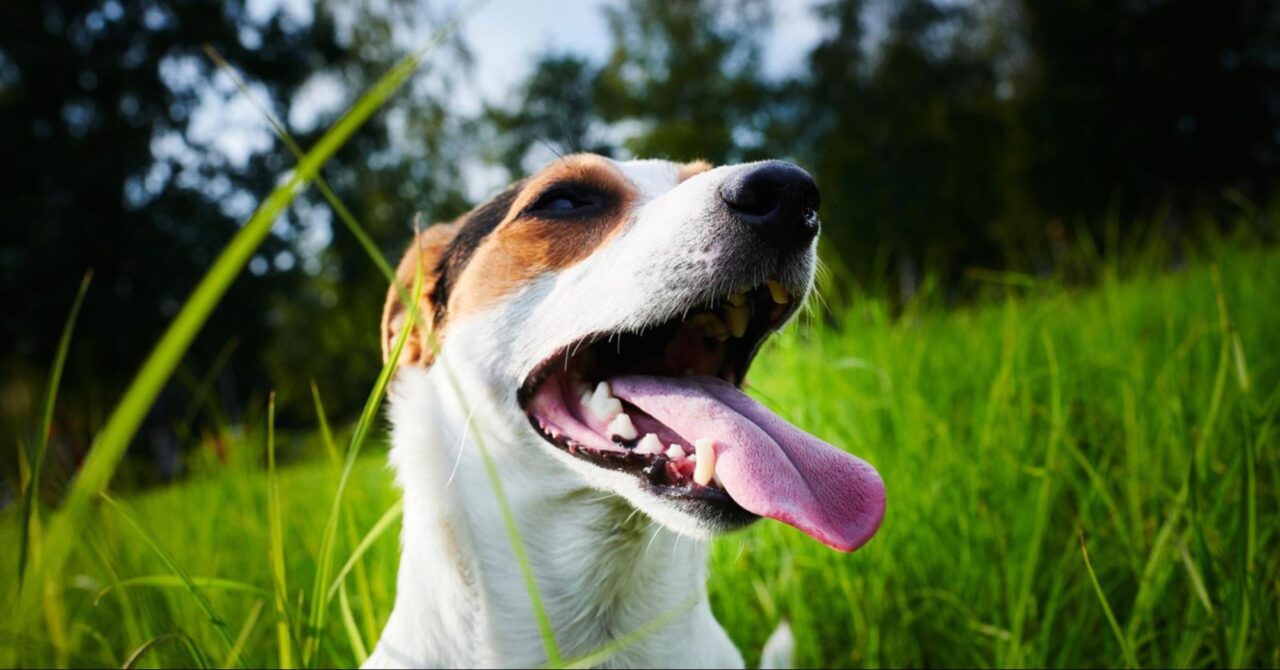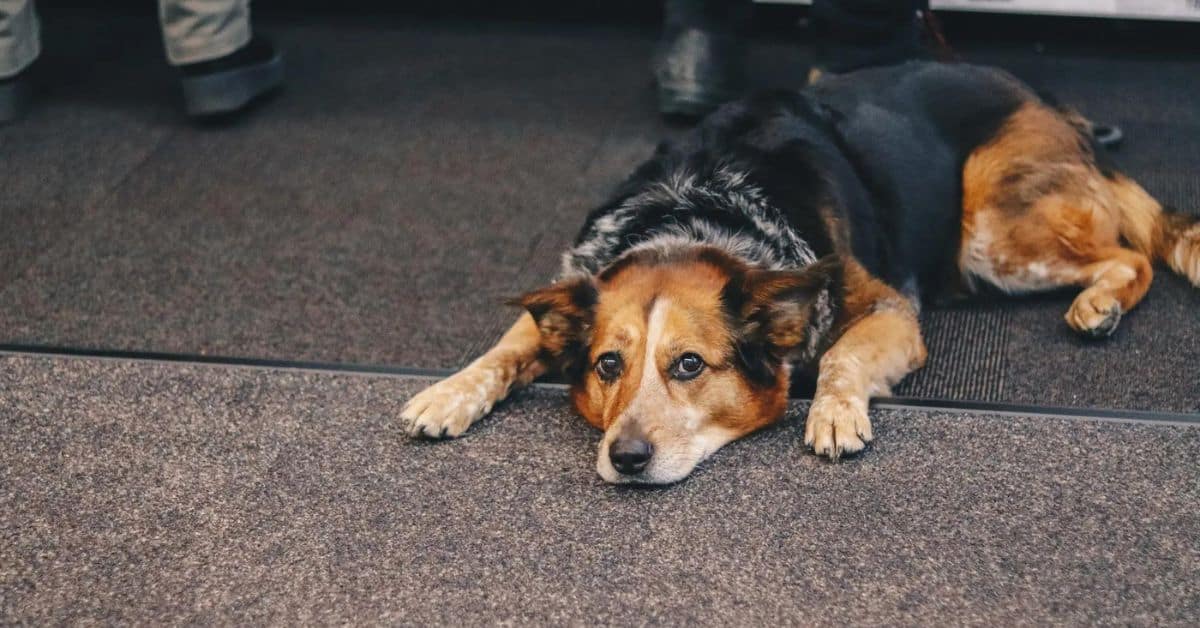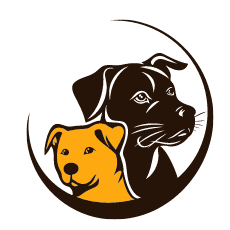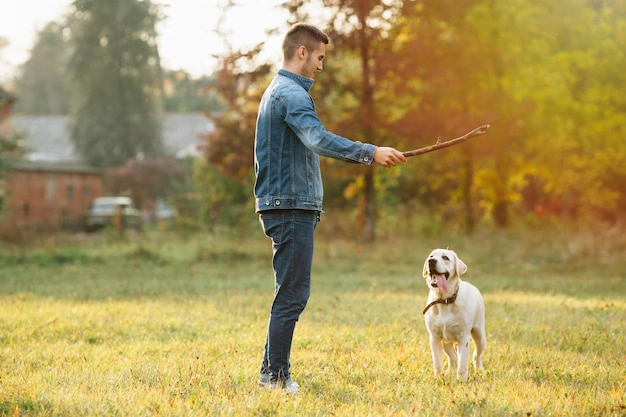
Table of Contents
ToggleTechniques for quickly bonding and befriending dogs
INTRODUCTION
It is a lovely thing to have a dog as a best friend. However, how does a close-knit bond form with a person who has four legs? According to Lisa Radosta, host of Vet Scoop and a board-certified veterinary behaviorist at Florida Veterinary Behavior Service, a strong human-animal bond is built on trust, just like with people. She describes how to strengthen your bond with your dog and how to recognize when you and your dog are on firm ground together.
Do You And Your Dog Share A Close Bond?
It goes without saying that it is a positive indicator if your dog enjoys your company. While you definitely don’t want your dog to exhibit fear of you (tail down, ears down, and scooting off whenever you approach), you also don’t want separation anxiety in your canine companion. “If your dog can’t let you use the bathroom alone, that’s not a loving bond,” adds Radosta. “That’s an unhealthy attachment.”
The best place to start is with a dog who is content, self-assured, and not overly attached. However, Radosta suggests asking yourself one simple question to determine whether your dog and you have a good bond:
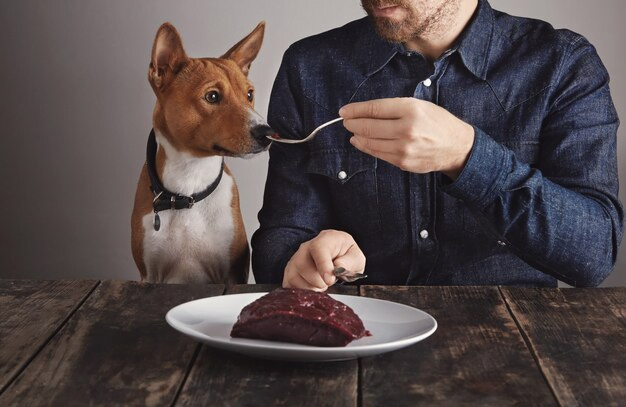
Does Your Dog Come To You For Assistance?
When your dog believes he can trust you, he will come to you in questionable situations. For instance, does your dog come to you if anything frightful occurs while you’re out for a walk, according to Radosta? Seeking guidance from you is a sign of great trust.
How to Strengthen Your Relationship with Your Dog Unless, of course, you both enjoy doing those activities, you don’t need to spend hours throwing tennis balls or going on lengthy walks around the neighborhood to develop a close bond with your dog. There are numerous methods to strengthen your bond with your dog.
Recognize The Body Language Of Dogs.
Dogs can communicate happiness or fear by wagging their tails, in case you didn’t know. Dogs use every part of their bodies to communicate. You must, therefore, know what to look for in order to determine how your dog is feeling. You can read your dog’s body language to get clues about his feelings. And your relationship will undoubtedly grow stronger as a result of that knowledge.
1. Provide Coziness.
It’s a fallacy that showing your dog affection while they’re afraid, such as during a rainstorm, will make them even more afraid. However, Radosta calls that nonsense. “You can’t positively reinforce fear,” she states. It isn’t achievable. A baby cries less, not more, when you give her a cuddle when she is crying. Likewise with dogs. You cannot love someone and make the terror greater.” So feel free to show your dog some empathy.
2. Find Out What Your Dog Preferences
Are Unbelievably, not every dog enjoys going for walks. or, really, just having fun with fetch. Dogs have distinct personalities and tastes, so observe your pet to find out what truly excites him. Don’t make your dog do anything he doesn’t enjoy. It could make your relationship weaker. For instance, your dog might not enjoy walks because he is afraid of loud noises, strangers, or other dogs. Walking your dog for long walks would therefore be bad for your connection.
3. HUG YOUR DOG.

Both of you get a sense of well-being from petting your dog; it’s soothing for him and soothing for you. According to research by Washington State University, people’s levels of the stress hormone cortisol were dramatically lowered after just ten minutes of caressing a dog or cat. The National Institutes of Health claim that it also elevates mood. Therefore, one of the simplest and healthiest methods to bond with your four-legged companion may be to pet them!
4. Intensify Your Dog’s Preferred Activities.
Once you’ve determined which activities bring your dog the most joy, engage in more of them. “My dog enjoys lounging by the swimming pool,” Radosta explains. Do I enjoy spending time on the sundeck? We get closer while we’re outside with him, though not as much. Reward your dog by doing what he enjoys most. Does your dog enjoy taking in every scent in the yard? Then enroll in a tracking and nose work class to satisfy his super-snout’s need. You may end up enjoying your dog’s favorite pastime as much as they do.
5. Give Your Dog A Hug.
Cuddling with their furry friends is the most popular method of bonding for many pet parents. As long as you both find enjoyment in it, it does aid in your connection. You can tell if your dog enjoys cuddles if they leap into your lap or curl up close to you.
6. Give Your Dog Enough Room Conversely
Do not take it personally if your dog requests privacy. While some pups are more autonomous by nature, others are by nature more gregarious. Take your dog’s breed and temperament into consideration, and give him permission to slumber in a different room if he so chooses! A strong bond can exist even if you are not together all the time.
7. Introduce New Knowledge To Your Dog.
Training with positive reinforcement is an excellent way to develop trust, according to Radosta. “Learning something new together strengthens your relationship. Your dog learns that when he acts in a particular way, you’ll reward him with a treat, toy, or ball throw.” You may teach your dog using this method. basic skills, manners, or even canine sports like agility. Why Teaching Dogs New Skills Through Treats Is a Successful Approach.
8. HUG YOUR DOG.
Both of you get a sense of well-being from petting your dog; it’s soothing for him and soothing for you. According to research by Washington State University, people’s levels of the stress hormone cortisol were dramatically lowered after just ten minutes of caressing a dog or cat. The National Institutes of Health claim that it also elevates mood. Therefore, one of the simplest and healthiest methods to bond with your four-legged companion may be to pet them!
9. Use Consistent Communication.
Dogs and pet parents can love one another, but that doesn’t always translate into the strongest bond, which is one of absolute trust,” Radosta states. “The biggest barrier to that is inconsistency.” For example, occasionally you might be okay with your dog barking outside at a stranger. If your dog is barking at a friend, though, you should try to stop it right away. Your pet interprets this as sending conflicting signals since they see both of them as strangers. Being consistent in your responses to different situations is the most crucial step you can take to strengthen your bond with your dog
CONCLUSION
Building a relationship with your dog is a fulfilling experience that has many advantages for both of you. To master this connection, one needs more than just a few tips and techniques—one needs comprehension, deference, acceptance, and love. As demonstrated by the strategies and insights provided, true connection entails more than just doing what we are told or attending to our basic needs.
Latest post
FAQs About Techniques for quickly bonding and befriending dogs
What are some signs that a dog is bonding with me?
Signs of bonding may include seeking your attention, following you around, leaning against you, and showing affection through licking or wagging their tail.
Can I bond with an older dog, or is it easier with a puppy?
It’s absolutely possible to bond with older dogs! While puppies may be more receptive to socialization, older dogs can form deep bonds with patience and love.
How long does it take to bond with a new dog?
Bonding timelines vary depending on the dog’s personality and past experiences. Some dogs may warm up quickly, while others may take more time to trust.
How can I maintain the bond with my dog over time?
Continue to prioritize quality time together, communicate effectively, and reinforce positive behaviors through consistent training and affection.





